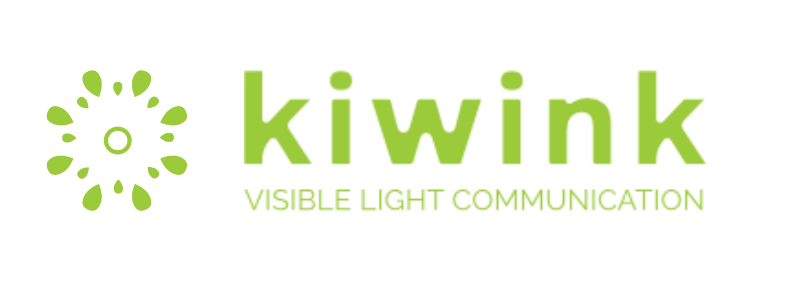FAQ
Frequently Asked Questions
Our team will be happy to assist you for any technical request that you may have ! Do not hesitate to share it with us !
Do we need specific LED to use your technology ?
How do you manage to make your technology bidirectional ?
Kiwink takes advantage of LEDs intrinsic properties that make them able to produce a weak current that is commensurate with the light intensity. By a smart synchronization and a particular modulation scheme, Kiwink is thus able to receive data exactly at the same time it broadcast information.
The LED has to always be on, so it’s not really energy saving ?
Is it possible to use many LEDs at the same time to increase the system throughput ?
Yes, LED-to-camera communication can benefit from several emitters to increase the throughput. The technical term for that is MIMO (Multiple Input – Multiple Output).
Does the Kiwink technology need any specific certification?
No, unlike radio technologies, Kiwink does not need certification, like EMC. Also, since the light spectrum is not regulated, there is no reserved frequency band or regulatory fees imposed by FCC or ETSI.
Is it possible to get the encrypted message with a high speed camera video ? What are the security aspects to take into account ?
Since LED signal frequency is much higher than the camera frame rate (even for high-speed cameras), recording it is irrelevant.
On the contrary, the transmission between the smartphone flashlight and the LED can easily be recorded and further reproduced by any third party even encrypted. Thus, Kiwink integrates a smart anti-replay mechanism to protect against this kind of attack.
Does the ambient light cause interferences?
Kiwink modulates the light in a frequency band that is much higher than the ambient light sources and thus, the environment can not interfere with our solution.
However, a source of very intense light like the sun may saturate Kiwink receivers (both LED and smartphone). Our experimentations¹ show that this occurs when the ambient light is higher than 10000 lux. That is, for instance, a slightly cloudy sunny sky.
Thus, since the typical indoor lighting condition is 700lux and is alway below 3000 lux, Kiwink can be used in any indoor lighting situation.
¹ This study has been published in the 3rd ACM VLC Workshop in 2016.


